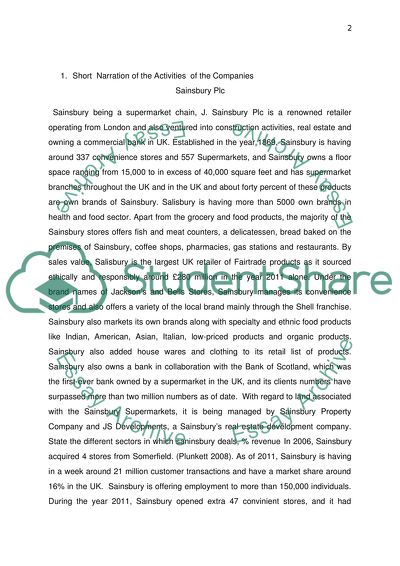Cite this document
(“Financial analysis of Sainsbury plc and Tesco Plc Essay”, n.d.)
Retrieved from https://studentshare.org/finance-accounting/1395342-financial-analysis
Retrieved from https://studentshare.org/finance-accounting/1395342-financial-analysis
(Financial Analysis of Sainsbury Plc and Tesco Plc Essay)
https://studentshare.org/finance-accounting/1395342-financial-analysis.
https://studentshare.org/finance-accounting/1395342-financial-analysis.
“Financial Analysis of Sainsbury Plc and Tesco Plc Essay”, n.d. https://studentshare.org/finance-accounting/1395342-financial-analysis.


